Abstract
Ten years ago, a number of authors commented on the dismal state of the basic research area known as the experimental analysis of human behavior (EAHB). At that time, data on the number of research articles using human subjects published in the Journal of the Experimental Analysis of Behavior (JEAB) indicated little progress since the early 1960s. However, updated publication data through 1991 reveal that EAHB research has accelerated in the last decade, reaching a peak of nearly half of all research articles published in JEAB, with an increasing trend evident. The increase in this percentage is not due solely to a long-term declining trend in the total number of experimental articles in JEAB using either human or nonhuman subjects, a trend that appears to have slowed or stabilized in the last 6 years. These data indicate that the EAHB has made dramatic progress in a decade and is healthy and growing.
Keywords: experimental analysis, human behavior, trends, human operant research, humans
Full text
PDF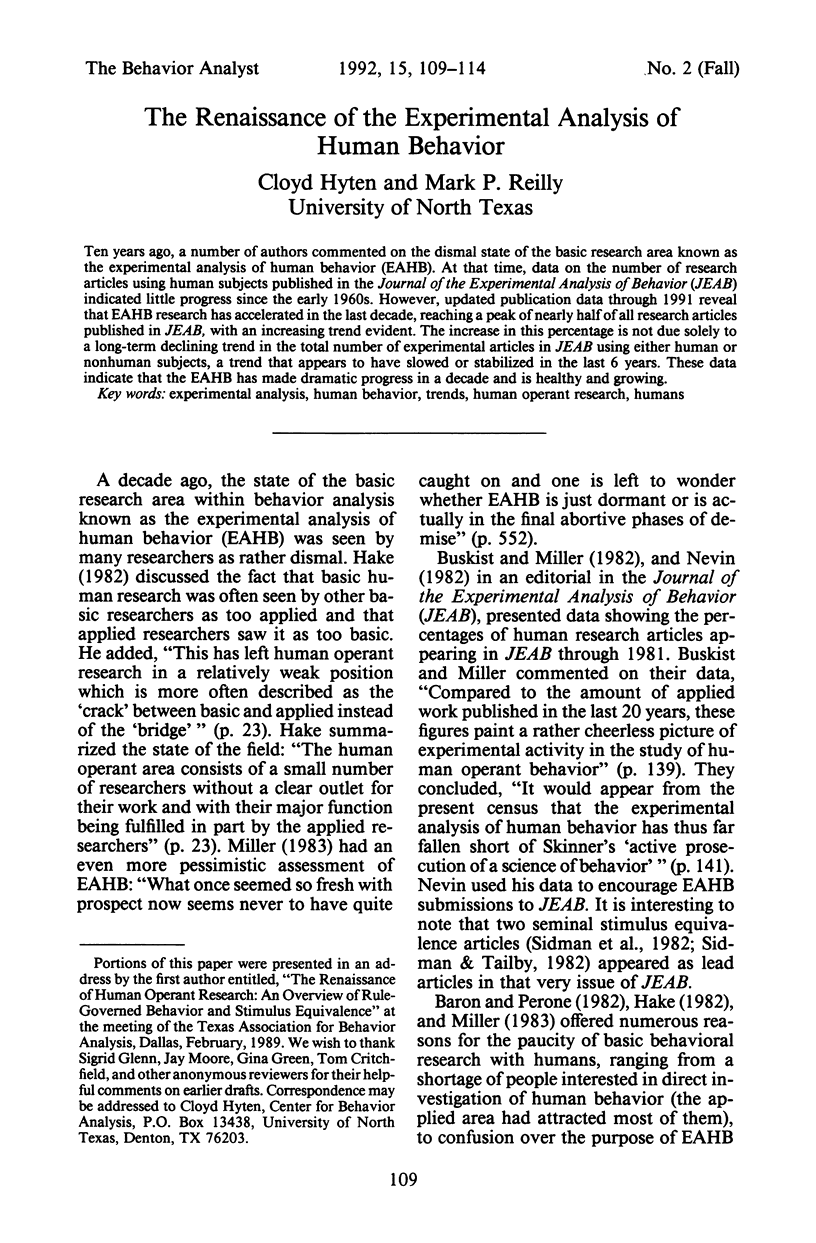
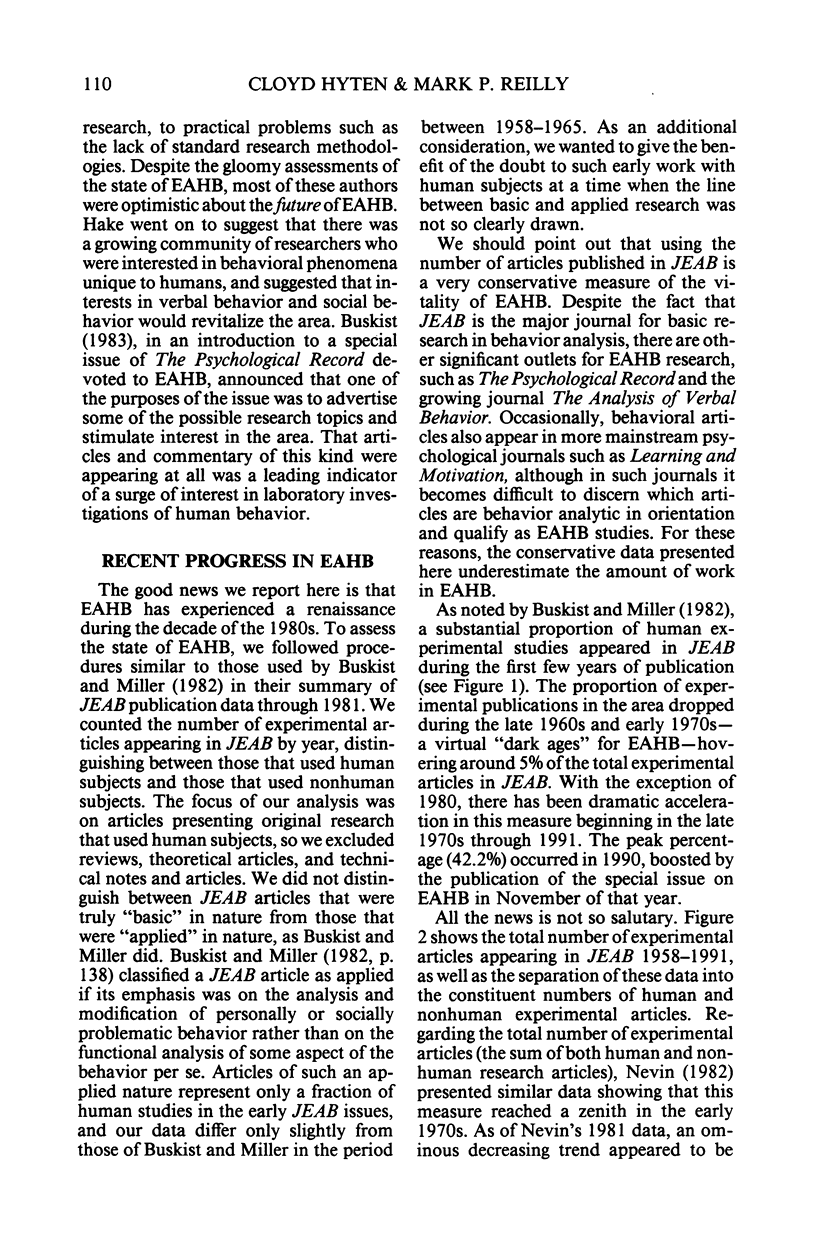
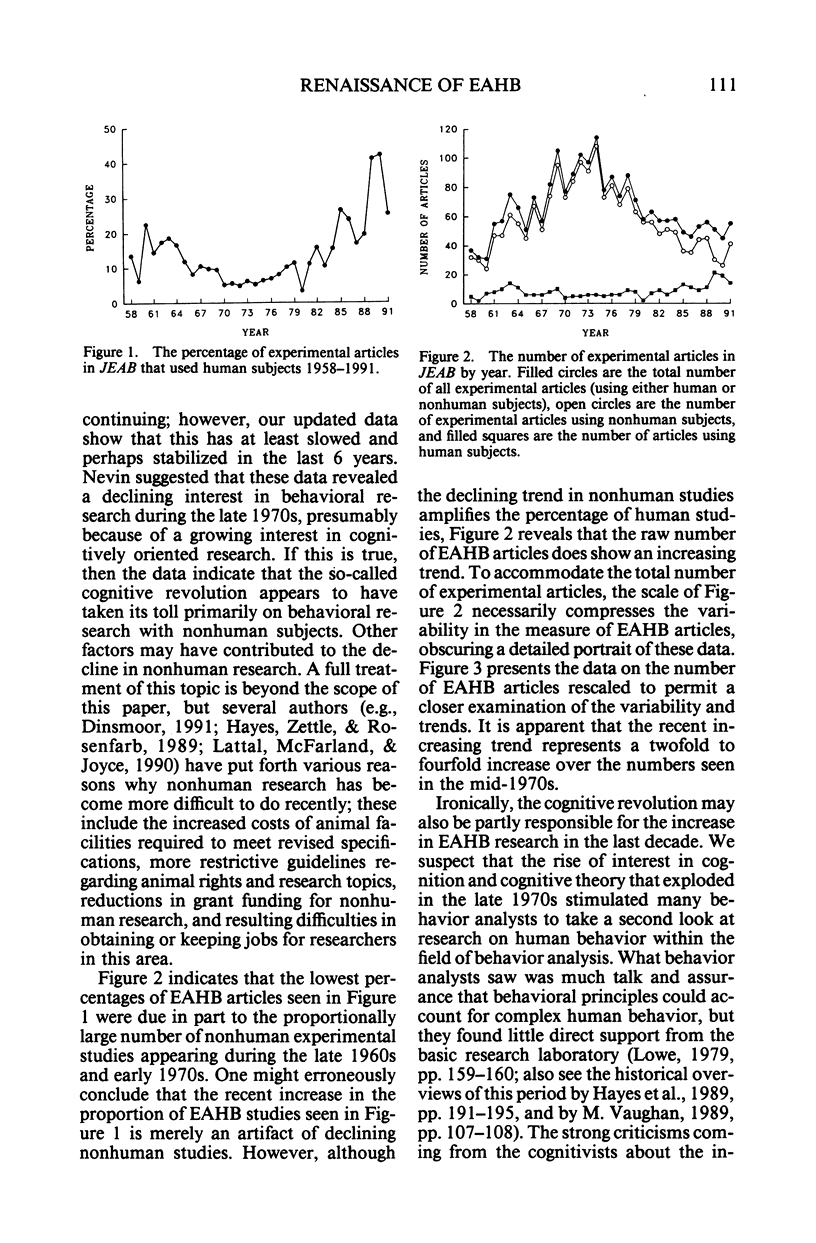
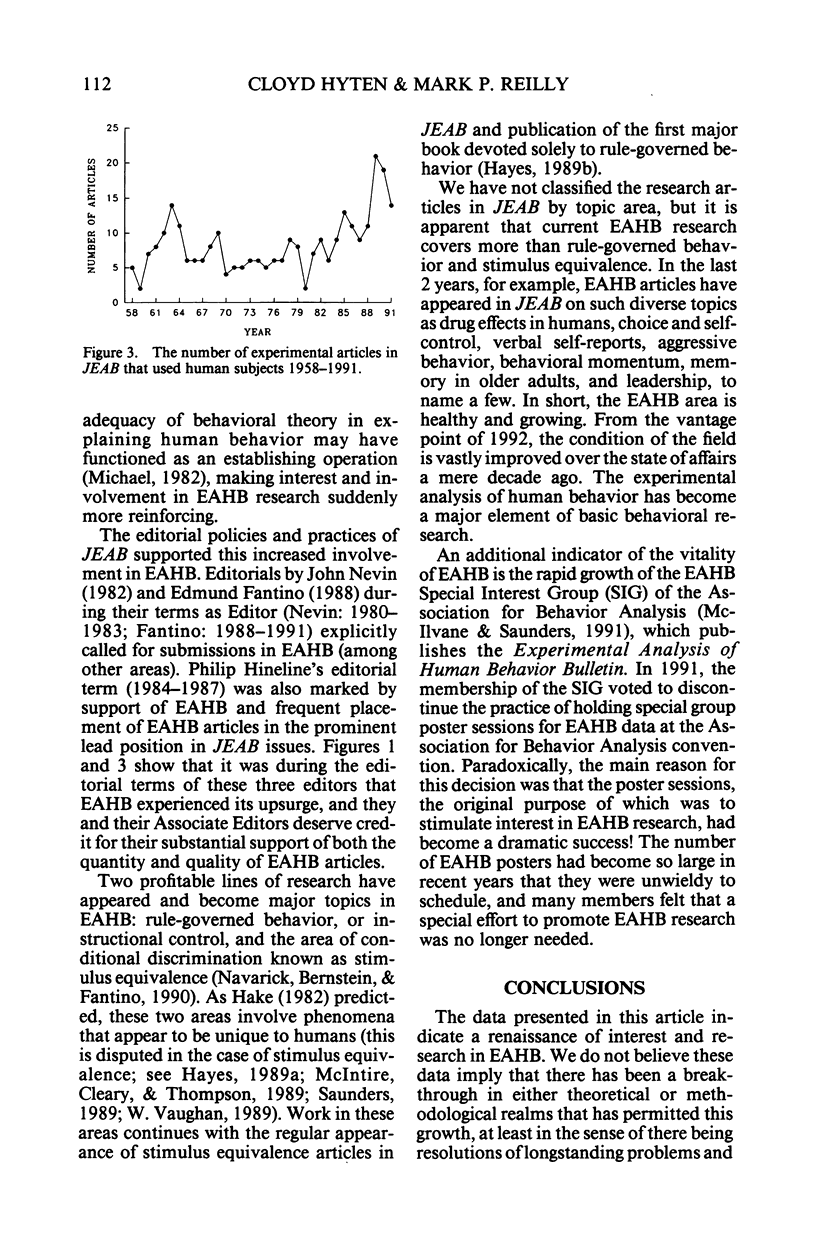
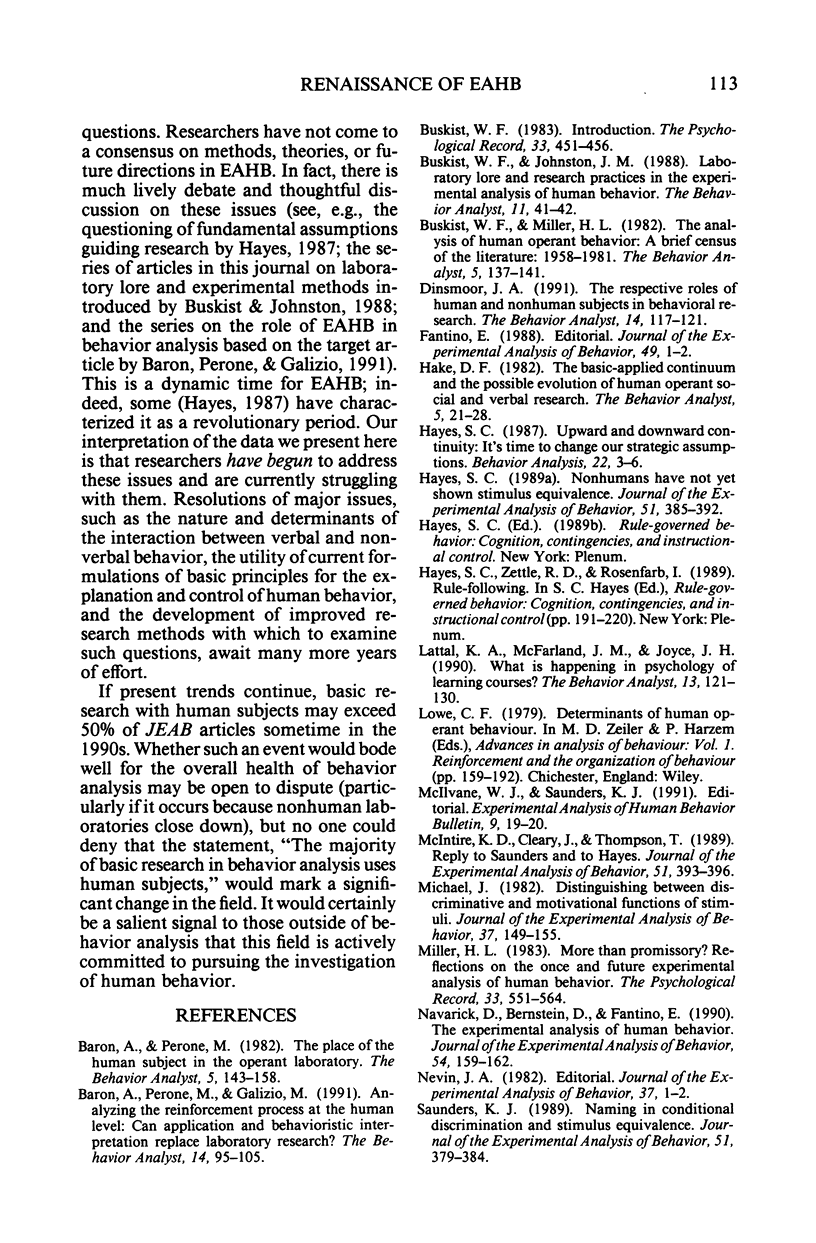
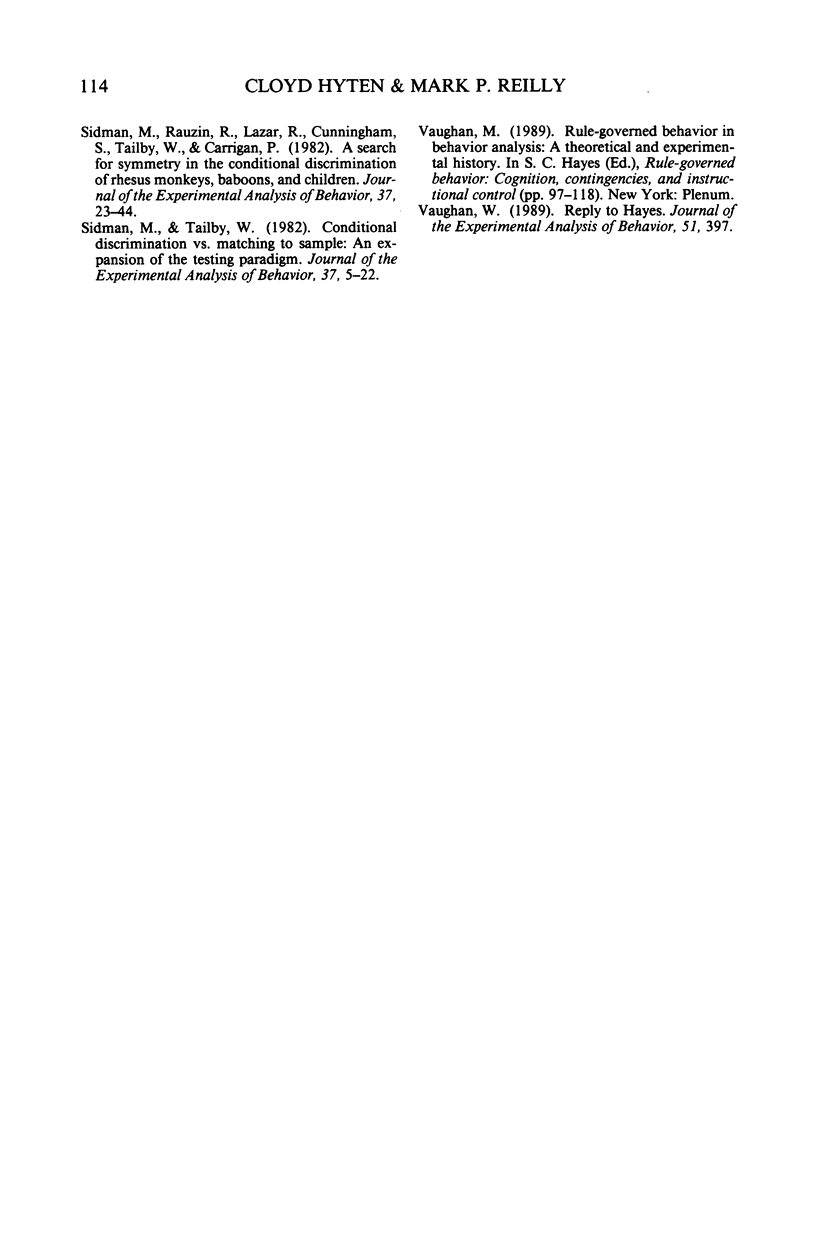
Selected References
These references are in PubMed. This may not be the complete list of references from this article.
- Baron A., Perone M., Galizio M. Analyzing the reinforcement process at the human level: can application and behavioristic interpretation replace laboratory research? Behav Anal. 1991 Fall;14(2):95–105. doi: 10.1007/BF03392557. [DOI] [PMC free article] [PubMed] [Google Scholar]
- Baron A., Perone M. The place of the human subject in the operant laboratory. Behav Anal. 1982 Fall;5(2):143–158. doi: 10.1007/BF03392383. [DOI] [PMC free article] [PubMed] [Google Scholar]
- Buskist W. F., Miller H. L., Jr The analysis of human operant behavior: A brief census of the literature: 1958-1981. Behav Anal. 1982 Fall;5(2):137–141. doi: 10.1007/BF03392382. [DOI] [PMC free article] [PubMed] [Google Scholar]
- Buskist W., Johnston J. M. Laboratory lore and research practices in the experimental analysis of human behavior. Behav Anal. 1988 Spring;11(1):41–42. doi: 10.1007/BF03392453. [DOI] [PMC free article] [PubMed] [Google Scholar]
- Dinsmoor J. A. The respective roles of human and nonhuman subjects in behavioral research. Behav Anal. 1991 Fall;14(2):117–121. doi: 10.1007/BF03392560. [DOI] [PMC free article] [PubMed] [Google Scholar]
- Fantino E. Editorial. J Exp Anal Behav. 1988 Jan;49(1):1–2. doi: 10.1901/jeab.1988.49-1. [DOI] [PMC free article] [PubMed] [Google Scholar]
- Hake D. F. The basic-applied continuum and the possible evolution of human operant social and verbal research. Behav Anal. 1982 Spring;5(1):21–28. doi: 10.1007/BF03393137. [DOI] [PMC free article] [PubMed] [Google Scholar]
- Hayes S. C. Nonhumans have not yet shown stimulus equivalence. J Exp Anal Behav. 1989 May;51(3):385–392. doi: 10.1901/jeab.1989.51-385. [DOI] [PMC free article] [PubMed] [Google Scholar]
- Lattal K. A., McFarland J. M., Joyce J. H. What is happening in psychology of learning courses? Behav Anal. 1990 Fall;13(2):121–130. doi: 10.1007/BF03392529. [DOI] [PMC free article] [PubMed] [Google Scholar]
- McIntire K. D., Cleary J., Thompson T. Reply to saunders and to hayes. J Exp Anal Behav. 1989 May;51(3):393–396. doi: 10.1901/jeab.1989.51-393. [DOI] [PMC free article] [PubMed] [Google Scholar]
- Michael J. Distinguishing between discriminative and motivational functions of stimuli. J Exp Anal Behav. 1982 Jan;37(1):149–155. doi: 10.1901/jeab.1982.37-149. [DOI] [PMC free article] [PubMed] [Google Scholar]
- Navarick D. J. The experimental analysis of human behavior (Editorial). J Exp Anal Behav. 1990 Nov;54(3):159–162. doi: 10.1901/jeab.1990.54-159. [DOI] [PMC free article] [PubMed] [Google Scholar]
- Nevin J. A. Editorial. J Exp Anal Behav. 1982 Jan;37(1):1–2. doi: 10.1901/jeab.1982.37-1. [DOI] [PMC free article] [PubMed] [Google Scholar]
- Saunders K. J. Naming in conditional discrimination and stimulus equivalence. J Exp Anal Behav. 1989 May;51(3):379–384. doi: 10.1901/jeab.1989.51-379. [DOI] [PMC free article] [PubMed] [Google Scholar]
- Sidman M., Rauzin R., Lazar R., Cunningham S., Tailby W., Carrigan P. A search for symmetry in the conditional discriminations of rhesus monkeys, baboons, and children. J Exp Anal Behav. 1982 Jan;37(1):23–44. doi: 10.1901/jeab.1982.37-23. [DOI] [PMC free article] [PubMed] [Google Scholar]
- Sidman M., Tailby W. Conditional discrimination vs. matching to sample: an expansion of the testing paradigm. J Exp Anal Behav. 1982 Jan;37(1):5–22. doi: 10.1901/jeab.1982.37-5. [DOI] [PMC free article] [PubMed] [Google Scholar]
- Vaughan W. Reply to hayes. J Exp Anal Behav. 1989 May;51(3):397–397. doi: 10.1901/jeab.1989.51-397. [DOI] [PMC free article] [PubMed] [Google Scholar]


